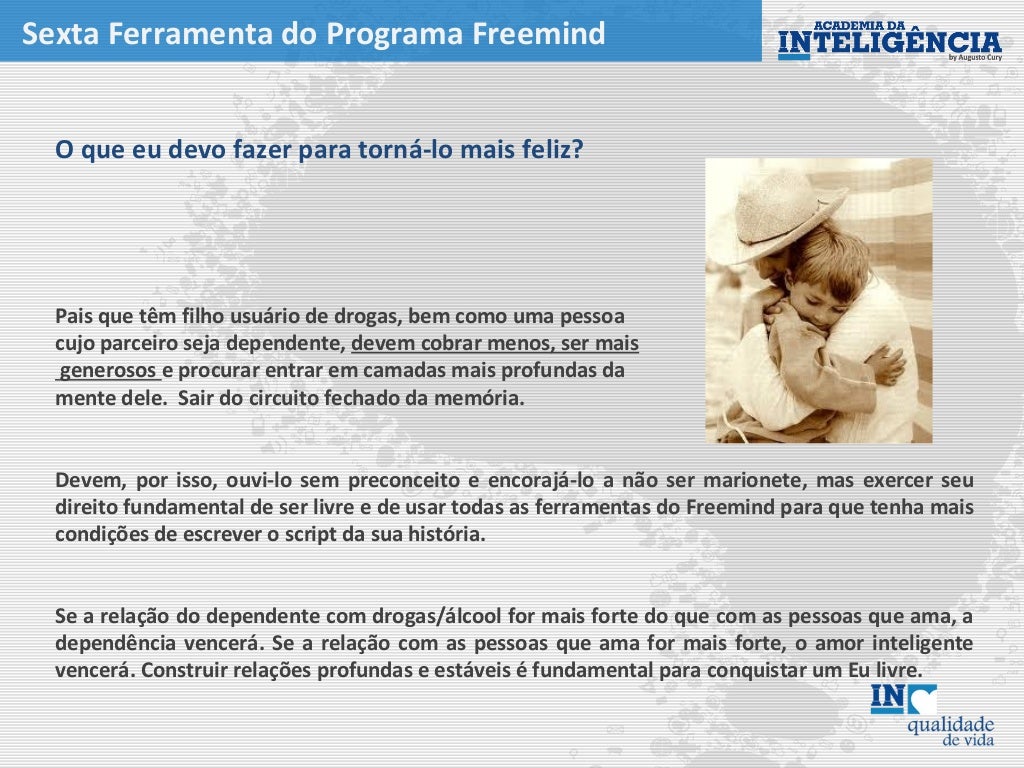

Slender, blonde, Caucasian females seem to dominate the script for high-end fashion advertising. Although all the brands have unique ads with their distinct trademark on them, there is an eerie similarity between them all. The pages of fashion magazines are filled with ads for brands such as Gucci, Dolce and Gabbana, Fendi, Christian Dior, and Prada just to name a few. One of the most dominant types of fashion advertising is that of high-end brands. Different markets have unique desires that take precedence in their lives, thus the major distinctions between modern fashion ads lies in the specific market a brand is targeting. Although it is arguable, these desires seems to be an underlying theme in most advertisements. Not only do advertisements play off of females’ struggle for control, they also must be considered as gender ideology- that is, as specifically servicing the cultural reproduction of gender differences and gender inequality, quite independent of marketing concerns. Marketers try to sell products by showing it as a tool to gain control over some aspect of their lives. Throughout history advertising has played off of womens’ fear of food and desire to gain control and while doing so has embedded the idea that men are superior to women and food should be feared by women, as it is a sign of weakness. In Hunger as Ideology Susan Bordo explains the negative effects advertising has on womens’ body image. Susan Bordo described how ads play off of the female fear of food and desire to gain control. Today desire is still constructed through political, cultural, and economic conditions, but it is also invested with the power to authorize and normalize those conditions (Helstein, That’s Who I Want to be: The Politics and Production of Desire within Nike Advertising to Women). This caused a change in society called consumerism. “Wearing certain clothes will make you more attractive”. Finally he paid celebrities to repeat the new and essential message you bought things not just out of need but to express your inner sense of yourself to others. He also employed psychologists to claim a product was good for you and pretended they were independent studies. He told car companies they could sell cars as symbols of male sexuality. He used product placements in movies and dressed the stars for film premiers with the clothes and jewelry from other firms her represented. He began to glamorize products by placing advertisements linking products with celebrities who used them. Bernays began to create many of the techniques of mass consumer persuasion we still use today. He had to create the new types of customers. Based on what Bernays had previously learned from his Uncle, Sigmund Freud, about the human mind and subconscious thinking, he realized this would require him to transform the way society thought about products and turn America from a needs based society into a desire culture.

The “desire”/ Consumer society was born after World War I as a response to the fears of the new industrial society that was a product in America from the war.
AUGUSTO CURY FREEMIND MOVIE
Many of the issues presented in contemporary advertising convey very similar messages about body images however more distinctions can be made based on the market a particular ad is targeting.Īs illustrated through the movie “Happiness Machines”, an important tool in advertising is the ability to create desire. In this book Elizabeth has set up an important foundation for further analysis into current fashion advertising. Fashion has been freed to become both an aesthetic vehicle for experiments in taste and political means of expression for dissidence, rebellion and social reform. Dress is always ‘unspeakably meaningful’.” Wilson goes on to describe how in the twentieth century the integrity of dress has progressed to disassociate itself from the rigid behavioral codes that once sustained it. She says, “In all societies the body is ‘dressed’, and everywhere dress and adornment play symbolic, communicative and aesthetic roles. In the book Adorned in Dreams, Elizabeth Wilson explained how people have used fashion as a way to represent themselves and their reactions to society across the decades.

AUGUSTO CURY FREEMIND SKIN
Gradually it has become acceptable to show more and more skin and advertising in general has become much more sexualized. After closely exploring fashion ads throughout history it was clear how the ideas about body image have changed over time.

Advertising always seems to mirror not only what is occurring across mass society, but also the themes unique to a diverse group of sub cultures in society during a particular time period. When examining advertising campaigns throughout history different political, economic, and social issues are very obvious.


 0 kommentar(er)
0 kommentar(er)
